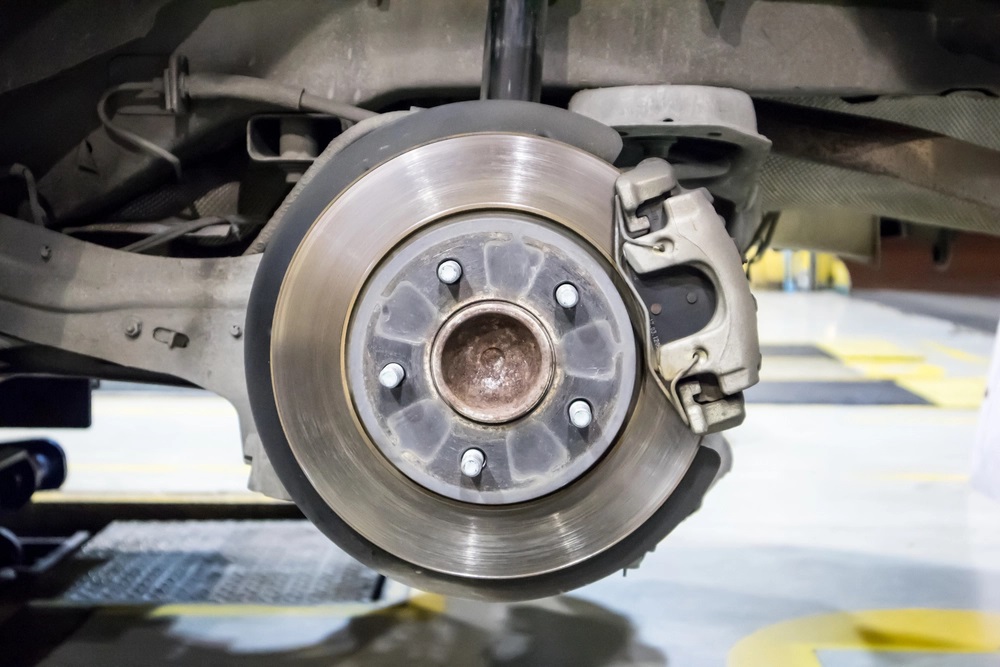
The Different Types of Brakes and Braking Systems
Brakes are one of the most important features your car has. Without braking systems, it is unimaginable how vehicles would be operating on the roads. There probably would be twice or thrice the accidents that happen today. However, the way you use them also matters.
Ask the brake specialists and they will all tell you that driving carefully and using your brake features properly is the key to safety on the roads. You also need to know that different makes and models of vehicles come with different braking systems, and they all require different maintenance. Check them out below;
-
Anti Lock Brakes
This is the new talk in town. They are mostly found in newer vehicles and of course some of the old models. They help prevent the car wheels from skidding if the stationary brakes are suddenly applied. This makes the anti-lock brakes especially useful when you are driving on wet and/or slippery roads.
They consist of multiple components including a controller, speed sensors, pump, which all work together to ensure proper braking and safety. They help your vehicle to stop at a short distance as they prevent the wheels from skidding. The firm grip and intense brake also help you steer around objects.

-
Emergency Brakes
This is no new name in the world of vehicles. They also come in multiple different types; some are a third pedal, a push button, and more. However, they all serve the same purpose and almost all of them are powered by cables that mechanically put pressure on the wheels. How they work is that they consist of a cable secured in two-wheel brakes that then connects to a pulling mechanism.
Emergency brakes are used to keep a car stationary when parked. That is why they are also called parking brakes or hand brakes. Just like the name suggests, in emergency situations, they can also be used to stop your car, if your stationary brakes fail.
-
Disc Brakes
These have a brake rotor directly attached to the wheels. Like any other brake function, they are used to slow or stop the vehicle. How they work is that the master cylinder applies hydraulic pressure that causes a clipper. This holds the brake pads outside the rotor.
It then squeezes the brake sides on each side of the rotor, causing friction between the pads that lead to the vehicle slowing or stopping. Simply put, disc brakes are mounted on both the front and rare axles and use the brake pads fitted in a calliper to grab the spinning disc and bring the vehicle to a stop.
The type of brake systems you get depends on a lot of things. You have to put some things into consideration such as the longevity of the pads and how long the rotor is designed to last when the brake pads are engaged. You also have to think about how much noise and vibration, or even the pedal feels when being pressed down. The dust level that the pads may collect and cling to the wheel is also a factor to consider.




